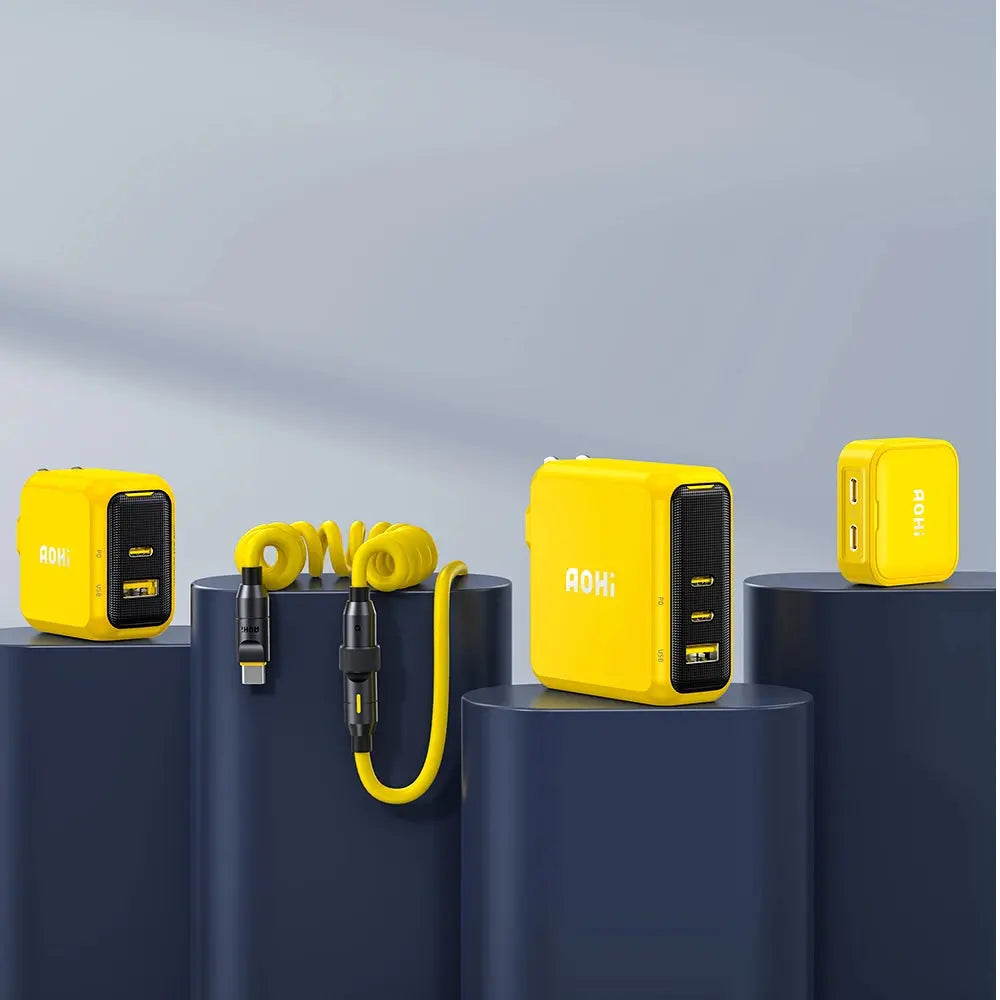If you've been using a power bank for a while, you may have noticed a gap between the rated battery capacity and the actual charge transferred to a device.
The rated battery capacity refers to the capacity of the internal batteries, but the real capacity refers to the amount of charge that the power bank can transmit.
That may sound perplexing, but it isn't. This essay will explain the distinction between the two, as well as why this occurs and how to assess the true capacity of a power bank. Let's get started.

Voltage Rating and Battery Capacity
The majority of power banks contain lithium-ion (Li-Ion) or lithium-polymer (Li-Po) batteries as well as electronic circuitry. These batteries are powered by 3.7V cells. Other varieties of lithium batteries have varying voltages, such as 3.6V and 3.8V.
Lithium batteries can be made up of a single cell or many cells. If the battery is made up of a single cell, the voltage rate will remain the same. If the lithium battery is made up of numerous cells, the voltage rate will be determined by the design used to link the cells together. However, most power banks are equipped with 3.7V lithium batteries.
As a result, when manufacturers calculate a power bank's capacity, they use a voltage of 3.7V. The advertised/rated battery capacity is based on a 3.7V voltage. However, the power bank will not be able to produce 100% of its capacity. This is why.
Voltage Converter
The voltage conversion is what causes a power bank's true capacity to differ from its rated capacity.
Power banks charge other devices through a USB-C connection, which has a voltage of 5V rather than 3.7V. As a result, when the 3.7V is converted to 5V, the capacity of the power bank is reduced. To get the precise capacity of a power bank with a 5V output, apply the following formula:
Capacity with 5V= 3.7V x (Advertised Capacity) / 5V
Let's use the same equation to a 10000 mAh power bank:
Capacity with 5V = 3.7V x 10000mAh / 5V = 7400mAh
This formula computes the true capacity of a power bank at 5V without regard for power loss. When the voltage is increased, however, there is always some power loss.
Power Loss
The above formula computes a power bank's storage capacity at 5V but without power loss. However, due of power loss when the voltage is increased, the output power of a power bank will always be lower than the stored power.
The quantity of electricity lost is determined by the following factors:
- Battery Quality - The battery's quality is critical. After a few charging cycles, a low-quality battery will lose more power. Over time, the battery's output will decrease.
- The Electronic Circuit - As a result of the voltage dialogue, some power is wasted in the form of heat. The quantity of power lost will be greater if the electronic circuit is of poor quality.
- The Age of the Battery - The more you use a power bank, the weaker the battery becomes. Old batteries that have exceeded their charging cycles will lose more power than new ones.
- Storage - The electricity will be lost as heat. When using a power bank in a high-temperature setting, the efficiency rate decreases. That implies the power bank will use more energy while attempting to convert the voltage. It is recommended to utilize a power bank in a cool environment.
As a result, the true battery capacity is determined by the quality of your power bank. The higher the efficiency rating of a power bank, the less power is lost during voltage conversion.
The higher the rate of efficiency, the better. A power bank's average efficiency rate is 85%. High-quality power banks have an efficiency rate greater than 85%, whereas low-quality ones have an efficiency rate less than 85%.
The AOHI 30000mah power bank has an efficiency rating of more than 93%, which is nearly the highest in the power bank market. By utilizing the best 21700 batteries and reduced loss design, you may limit battery loss and assure a service life of over 10 years. It is an excellent option for you.

How Do You Calculate Actual Capacity?
As previously stated, the real capacity of a power bank is determined by the voltage conversion and efficiency rate. So, here's a method for calculating a power bank's true capacity:
Actual capacity = 3.7V multiplied by advertised capacity multiplied by efficiency rate multiplied by 5V
Take a look at a 10000mAh power bank and its true capacity with an 85% efficiency rate:
Actual Capacity = 3.7V x 10000mAh multiplied by 0.85 / 5V = 6882mAh
As a result, a 10000mAh power bank with an efficiency rate of 85% has a capacity of 8705mAh. During the voltage conversion and heat, 1295mAh was lost.
What Is the Definition of Rated Capacity?
The majority of power banks do not have a rated capacity. However, some manufacturers are beginning to integrate it. So, what does this all mean?
The rated capacity indicates that the power bank will be able to offer at least the stated capacity when connected to one or more USB ports.
So, if a 10000mAh power bank has a rated capacity of 6000mAh, it will be able to deliver at least 6000mAh.
Conclusion
As you can see, the true capacity of the power bank is determined by a variety of factors. Manufacturers cannot know the true capacity of a power bank, thus they only display the internal battery capacity.





